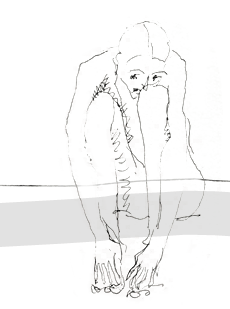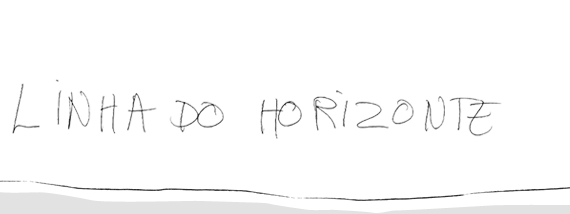
 |
|||||||||
 |
Call for papers for Colloquium and Journal "Linha do Horizonte" nº5: Eyesight Cartographies
Editorial Committee for Colloquium and "Linha do Horizonte" nº5: Eyesight Cartographies
Schedule and submission of papers
Editing guidelines for the submission of papers
|
III. ORTHOGRAPHY AND OTHER CONVENTIONS 1. Whenever making a quotation, both in the body of the text and in footnotes, always use inverted commas “...” and never «...».
2. Quotations made in a language other than English must be italicized. 3. "Etc.", at the end of a sentence, is never followed by a full-stop (period mark). 4. The use of the ellipsis (…) at the end of a sentence is never followed by a full-stop (period mark). 5. Initialisms should not have period marks in between initials (USA and not U.S.A., EU and not E.U.); periods between initials should be reserved for the abbreviation of proper nouns (L. Wittgenstein). 6. Acronyms and initialisms have no plural (PALOP and not PALOP's, NGO and not NGO’s). 7. Non-English terms usually not translated, such curriculum, Zeitgeist, coup de force, must be italicized (marketing, software, curriculum, self, enjeu), but never placed within inverted commas. 8. Names of organizations and institutions must be written without resource to italics, bold, underline or inverted commas and only with an initial capital, exactly as with any other proper noun. 9. After a colon (:) do not use a capital letter, even when it determines the end of a paragraph and a dash will follow (as when enumerating items). In this case, each item should be separated by a semi-colon (;). 10. When using inverting commas, always use “…” or '…' and never «…».
11. Whenever you need to use a dash, do use one (and not an hyphen). Alternatively you can use two consecutive hyphens (--). This is the only case where the use of two consecutive hyphens is justified. 12. The titles of films or books, or foreign words, must be written in italic, not placed within inverted commas [“”]. 13. Avoid capital letters! These should be used exclusively when writing proper nouns (people, places, countries, etc.) ; so as not to anthropomorphise concepts, it is even preferable to write “state” instead of “State” (and evidently “family” or “school” and never “Family” or “School”); and never employ consecutive capitals unless for acronyms. 14. Where there is numeric reference to percentages, employ the percent sign instead of spelling it out (25% instead of 25 per cent). 15. Decades and years must be written numerically and not spelled out (“the '40s and not “the forties” and “the decade of the '60s” and not “the decade of the sixties”). 16. When using numbers greater than one thousand use a dot (thousands separator) to separate the thousands (example: 12.500 and not 12 500). 17. A comma should separate the integral from the fractional part of the number (decimal mark) (example: 1,43). 18. Whenever using the greater than (>) and less than (<), these should be written in duplicate (>> or <<).
|